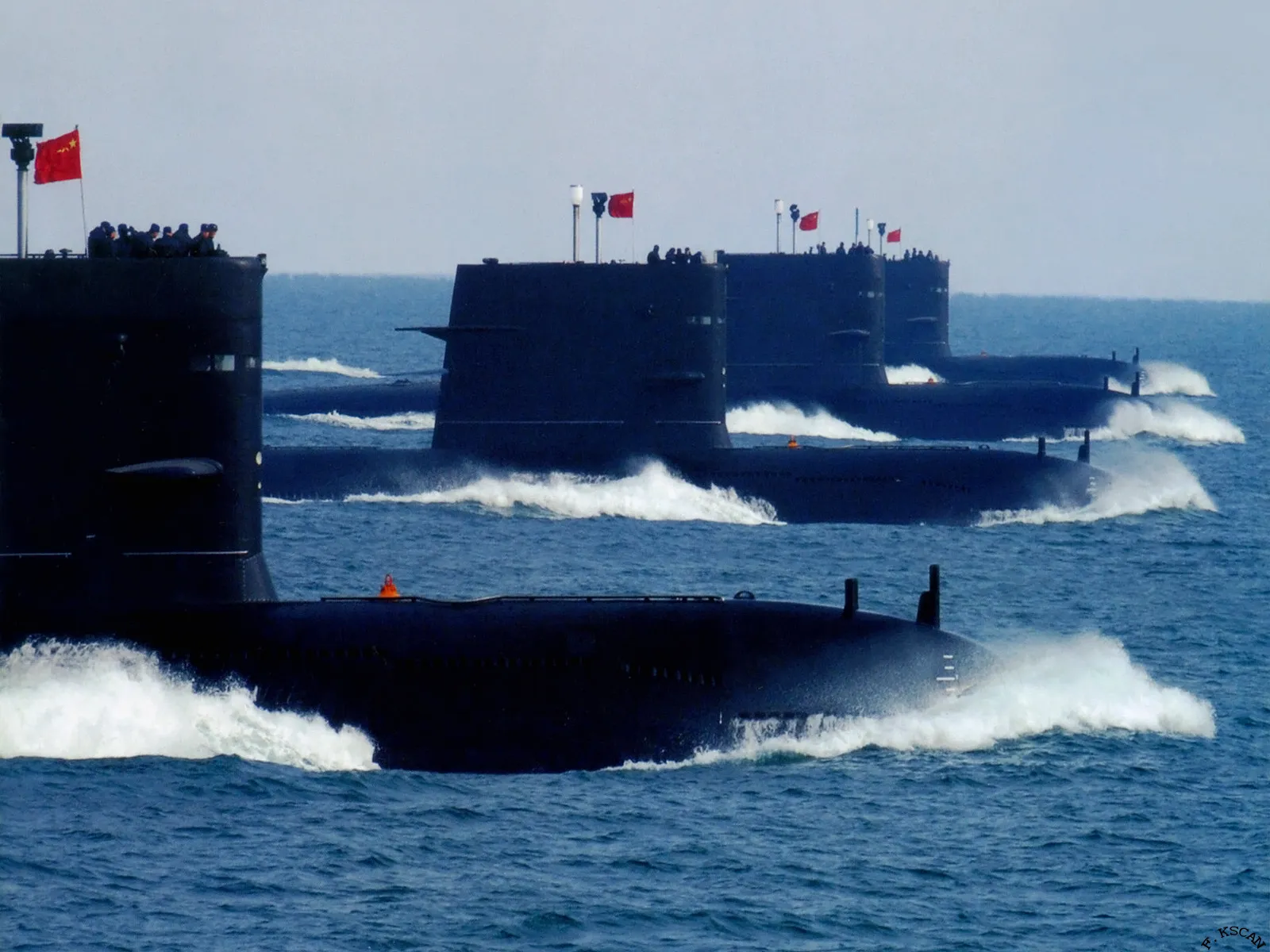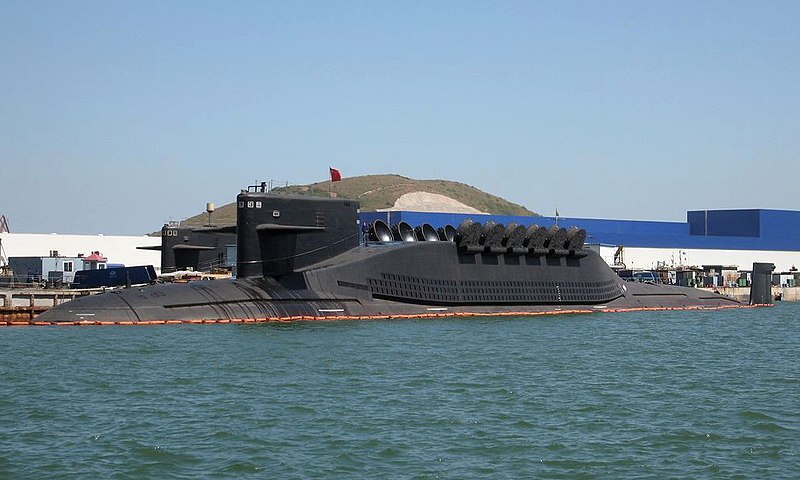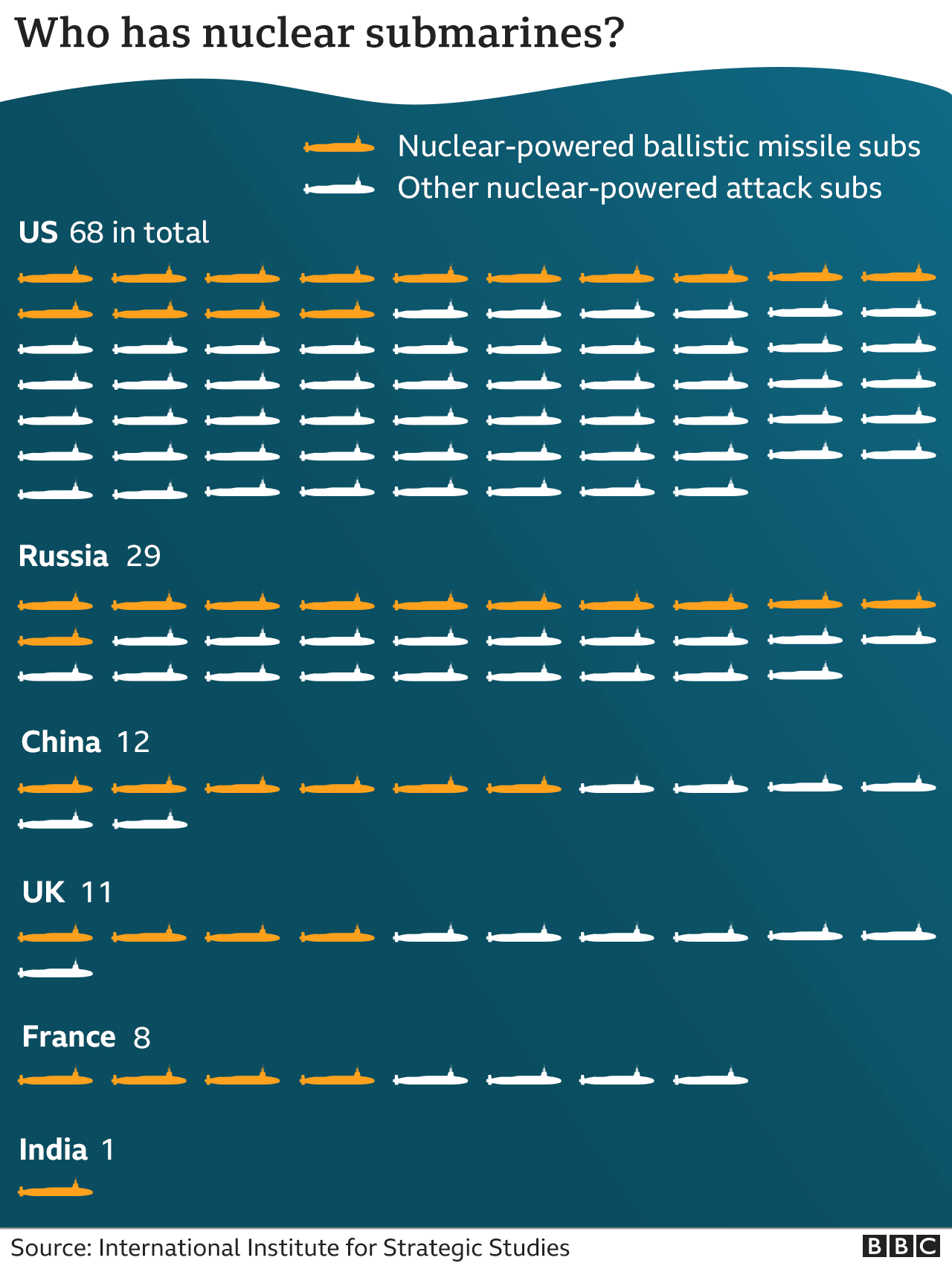According to the Pentagon, China is maintaining a continuous presence of nuclear-armed ballistic missile submarines at sea, a first in the country’s history.

The Pentagon report indicates that China’s fleet of six Jin-class ballistic missile submarines is conducting near-continuous patrols from Hainan Island into the South China Sea. Armed with a new, longer-range ballistic missile, these submarines have the potential to reach the continental United States.

According to regional military attaches and security analysts, this development has important implications for logistics, command and control, and weaponry. The continuous patrols also indicate that China is beginning to operate its ballistic missile submarines in a manner similar to how the United States, Russia, Britain, and France have done for decades. Such “deterrence patrols” allow these countries to threaten a nuclear counterattack even if their land-based missiles and systems are destroyed, thereby deterring adversaries from initiating an attack.

General Anthony Cotton, commander of the U.S. Strategic Command, informed a congressional hearing in March that the Chinese submarines are now equipped with the third-generation JL-3 missile. With an estimated range of over 10,000 kilometers and the ability to carry multiple warheads, the JL-3 enables China to target the continental United States from its coastal waters for the first time. Previously, it was believed that the JL-3 would not be deployed until the introduction of China’s next-generation Type-096 submarines in the coming years.

The United States Navy maintains around two dozen nuclear-powered attack submarines across the Pacific, including in Guam and Hawaii. Under the AUKUS agreement, U.S. and British nuclear-powered submarines will be deployed out of Western Australia starting in 2027. These submarines are critical for hunting ballistic missile submarines, and their efforts are supported by surface ships and P-8 Poseidon surveillance aircraft. Additionally, the U.S. employs seabed sensors in strategic sea lanes to aid in detecting submarines.
However, China’s rapid expansion of its nuclear forces means that U.S. strategists will have to grapple with two “nuclear peer adversaries,” Russia and China, for the first time. While China’s navy is believed to have had the capacity for deterrence patrols for years, difficulties with command, control, and communications have slowed their deployment. The Jin-class submarines, which are expected to be replaced by the Type-096 in the next decade, are relatively noisy and easy to track, according to military attaches.





